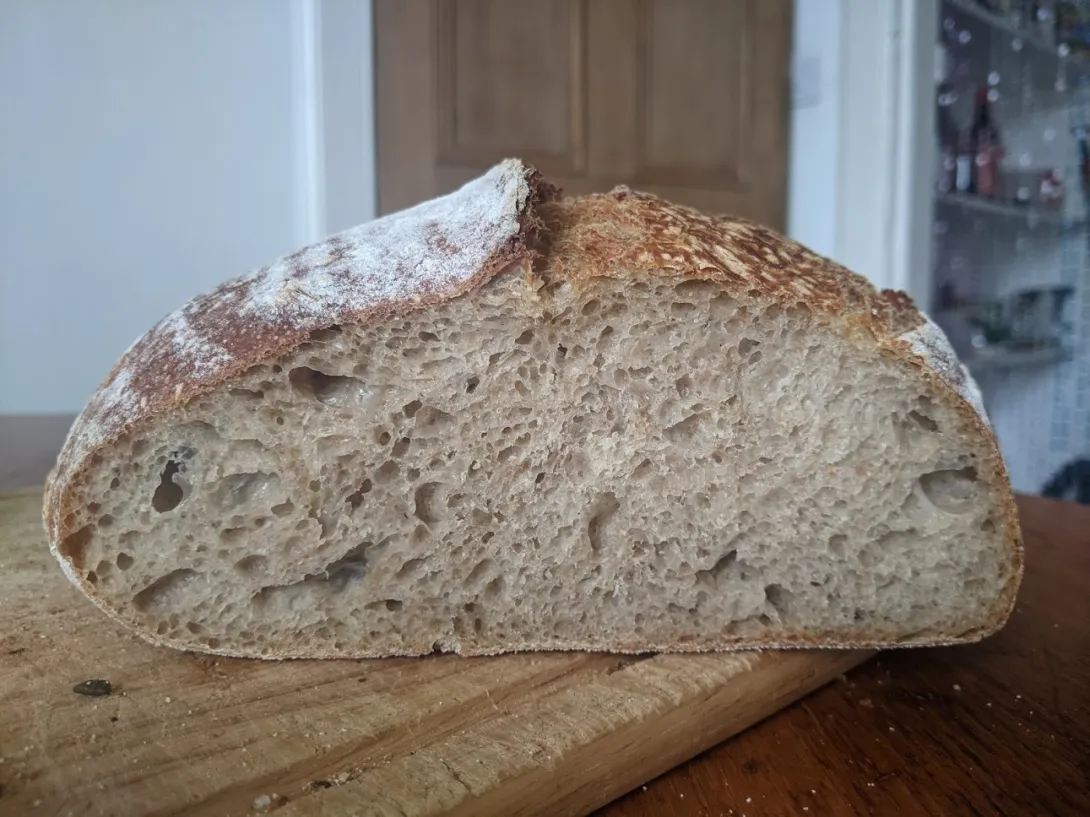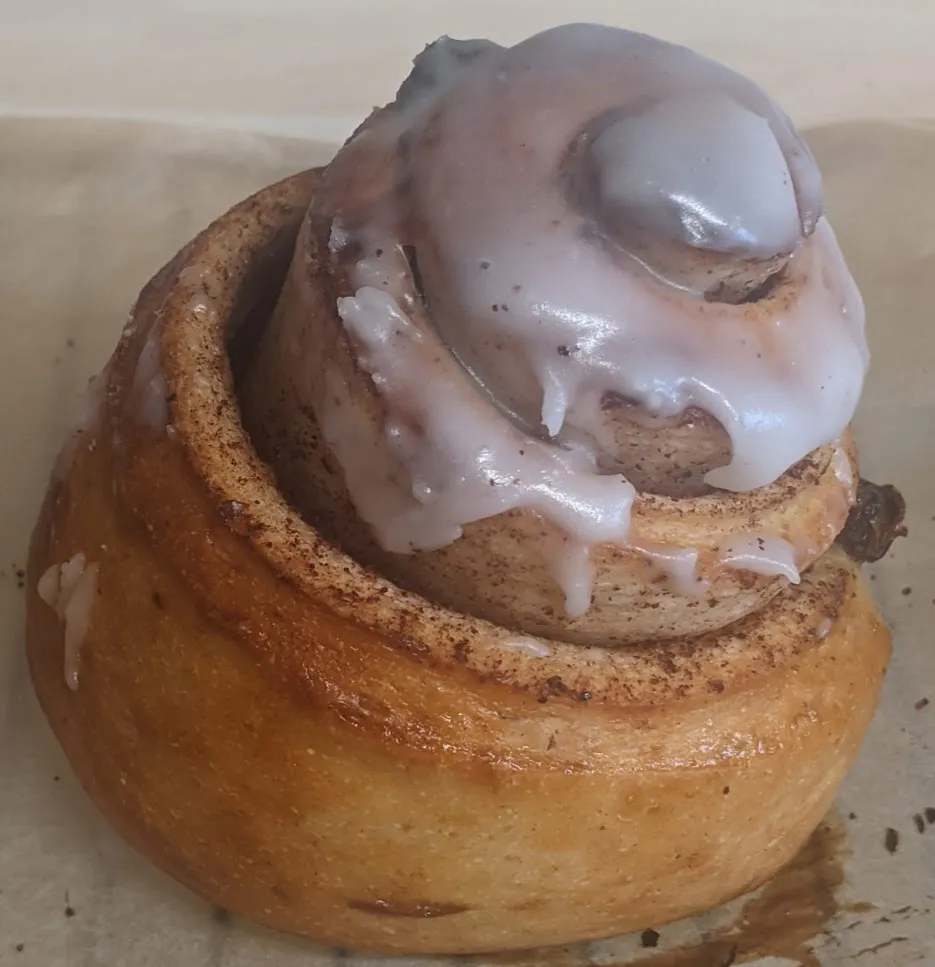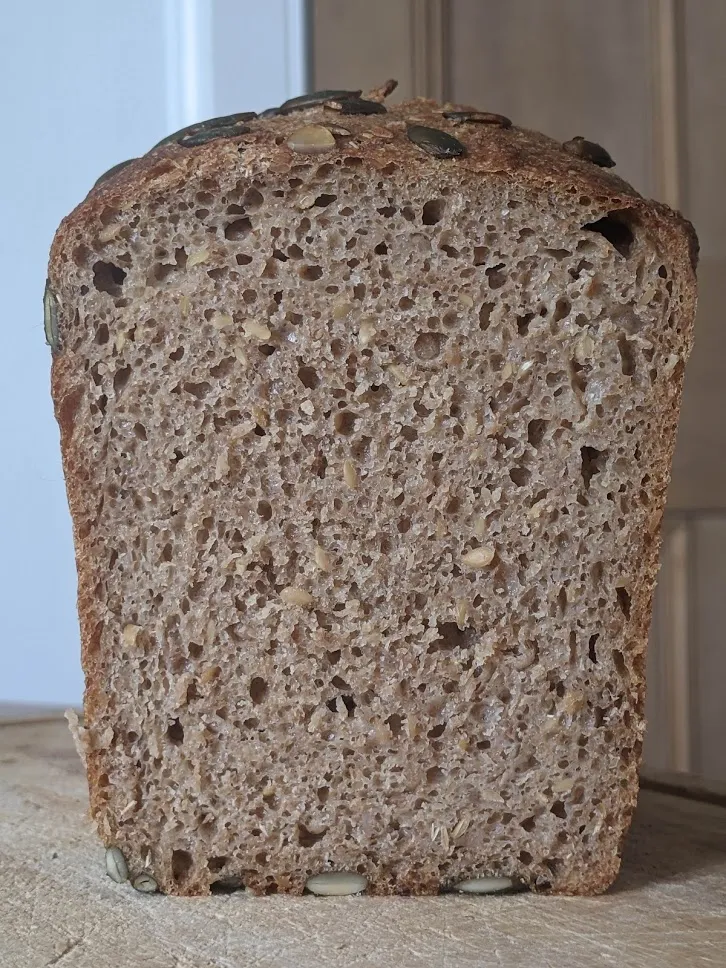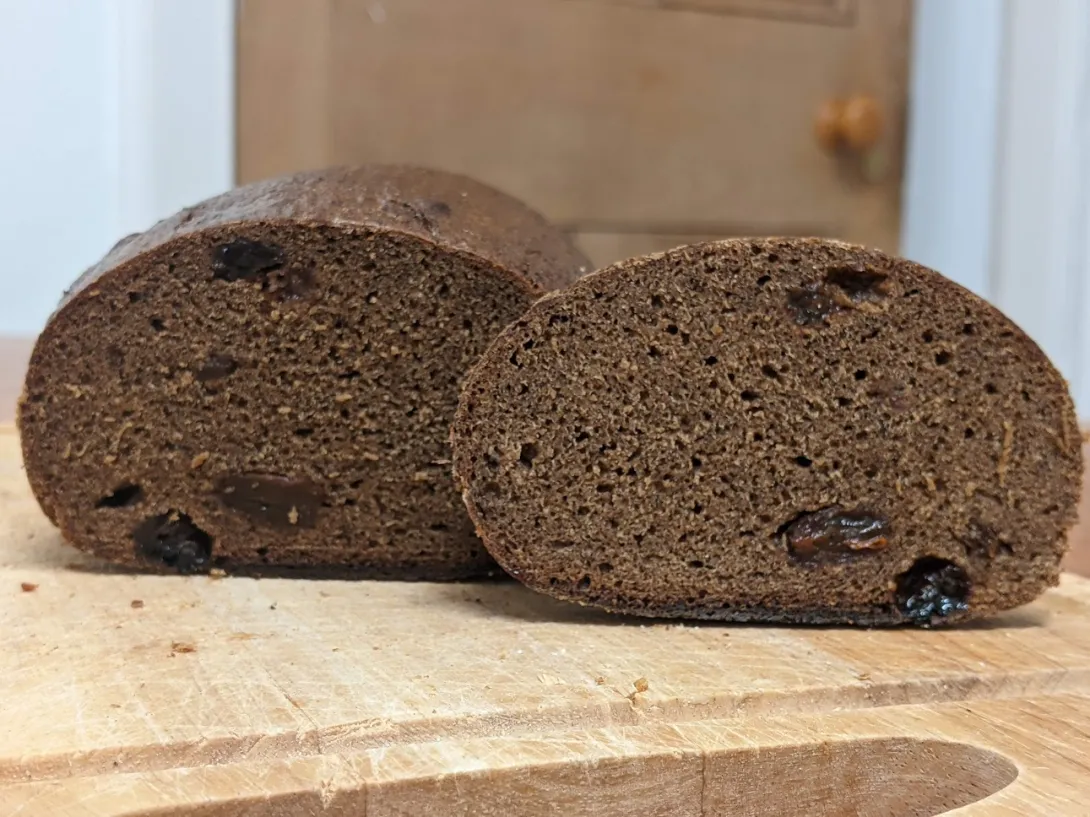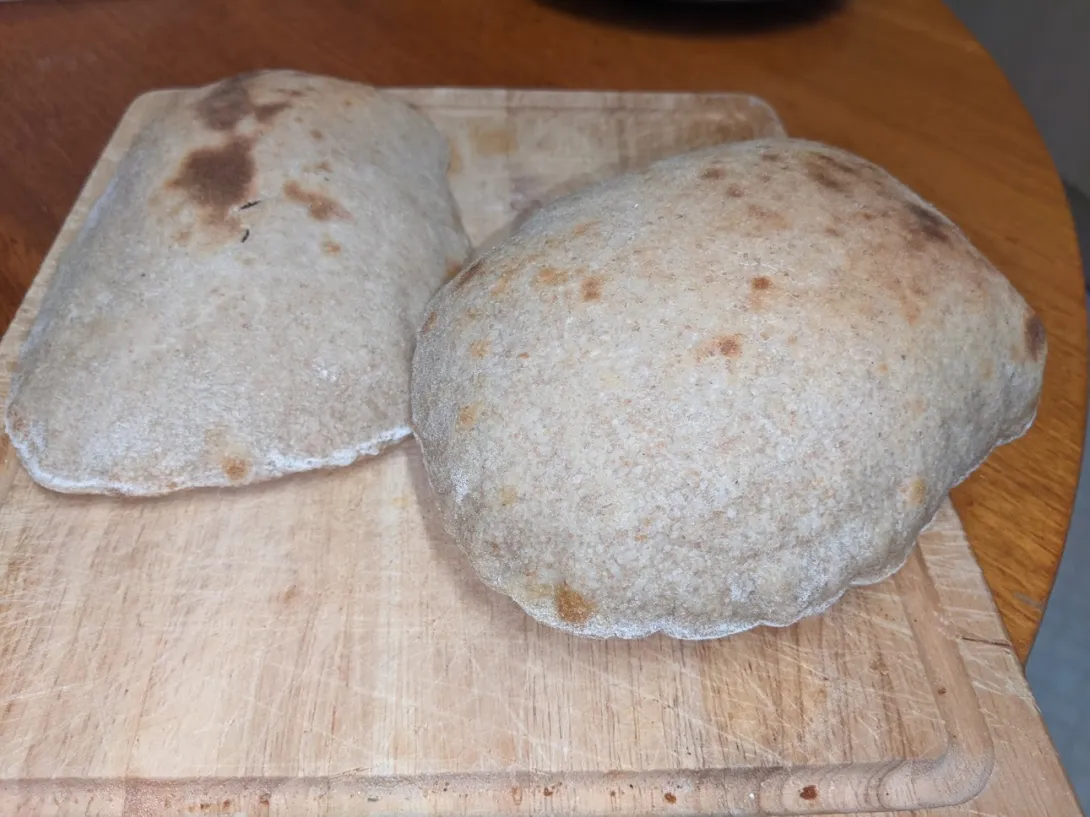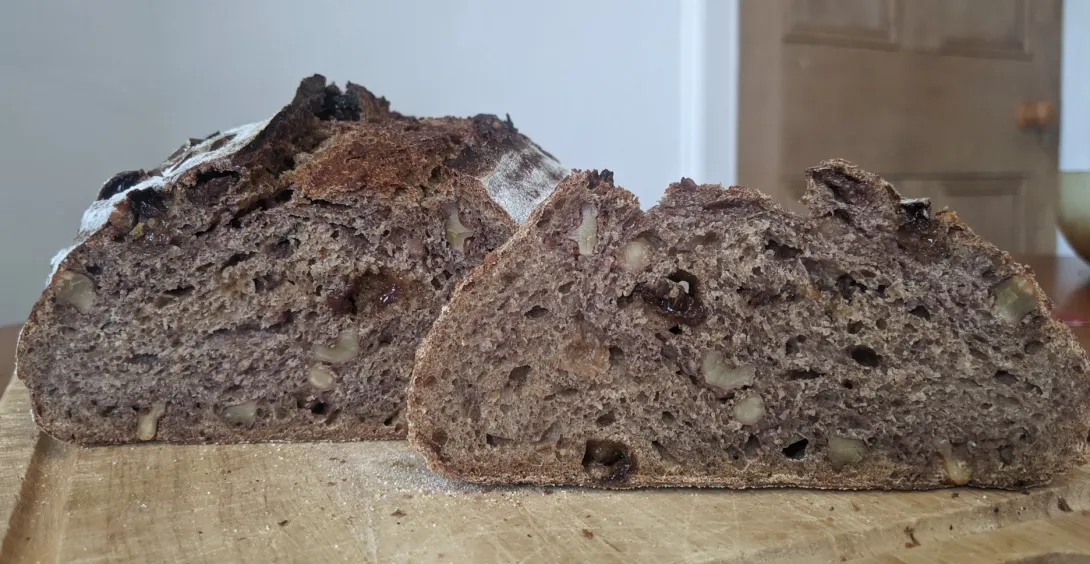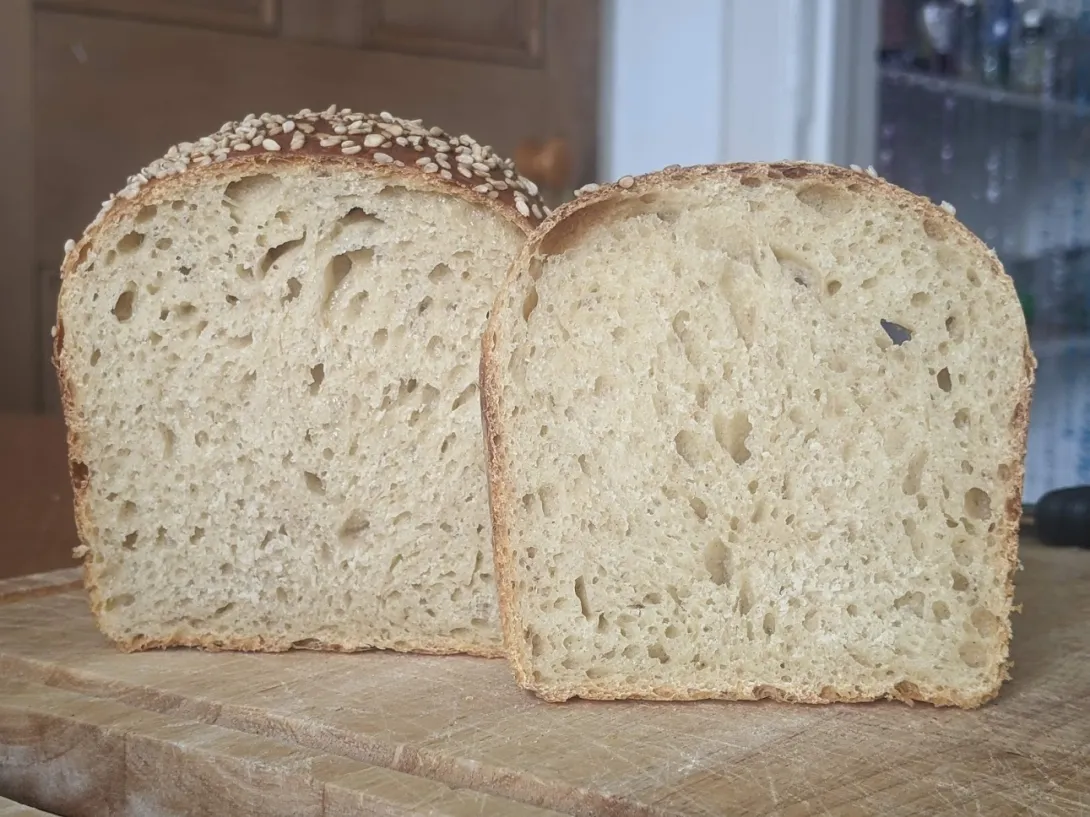25% whole wheat "sourdough" with CLAS - repeated
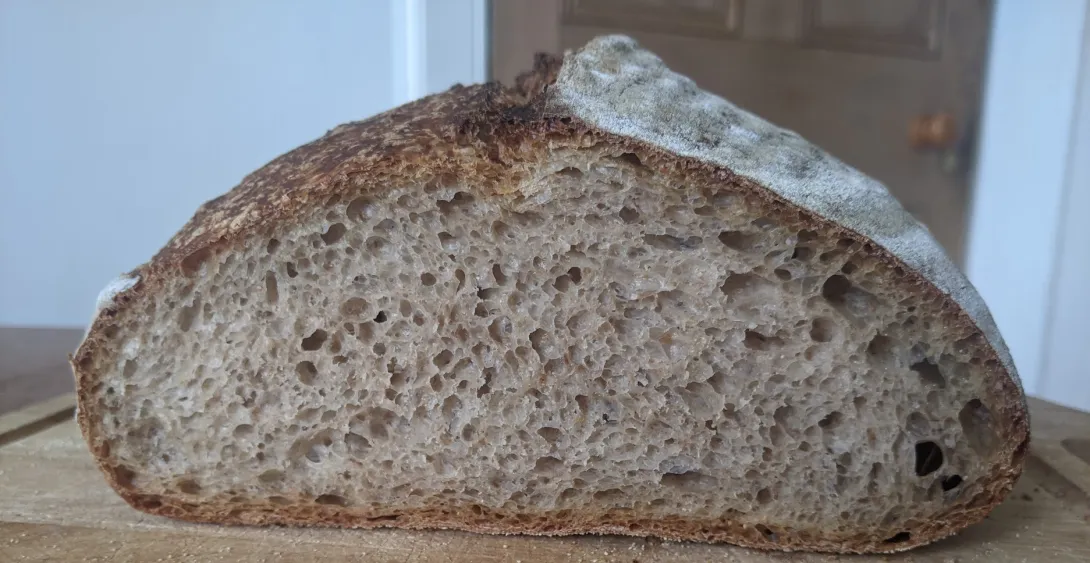
I wanted to repeat the same bake, but adjust after seeing the results. I reduced the yeast to slow down the fermentation, and reduced the hydration. Unfortunately, I accidentally overshot the temperature A LOT (I wanted around 25, but got over 30), so the fermentation was very fast even with just 1g IDY, and I only extended bulk by about 30 min. Despite lower hydration, the dough was still surprisingly slack. I wonder if it's just because it started out very warm, or CLAS doesn't strengthen the gluten like regular sourdough does, for some reason.
- Log in or register to post comments
- 4 comments
- View post
- Ilya Flyamer's Blog
